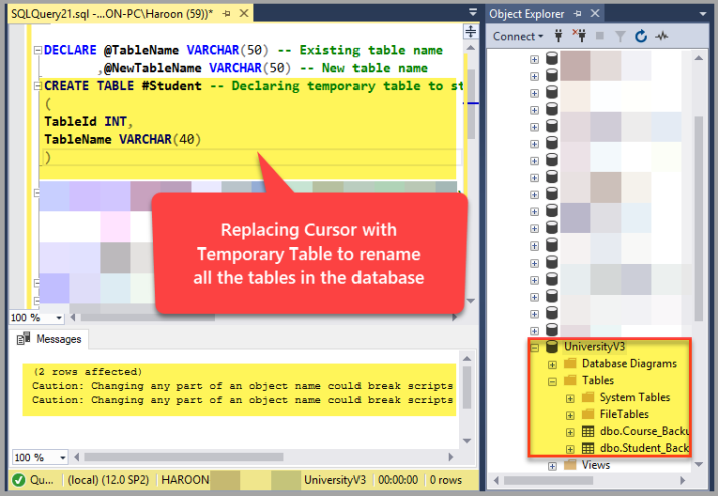

#DBVISUALIZER VS DATAGRIP FREE#
It supports all PostgreSQL operations and features while being free and open source. PgAdmin is the de facto GUI tool for PostgreSQL, and the first tool anyone would use for PostgreSQL. Let’s start with the first and most popular one. If you want a quick overview of this article, feel free to check out our infographic at the end of this post. Today I will tell you about the 6 best PostgreSQL GUI tools. So, bottom line, GUI tools make PostgreSQL developers’ lives easier.


Although these tools don't offer native Hive support they can be easily configured to connect to Hive using JDBC. This article, in combination with a project I created ( While connecting these tools to clusters without kerberos is relatively straightforward, the process of connecting them to kerberized clusters can be complex and error prone. Hive JDBC Uber Jar), aim to simplify and standardize this process.
#DBVISUALIZER VS DATAGRIP FULL#
WHAT IS DBVISUALIZER USED FOR FULLĪ full description of these tasks is out of scope for this article, but at a high level, make sure that: There are a few key things that must be properly configured before attempting to connect to a kerberized cluster. Kinit with an appropriate principal and launch DbVisualizer You can successfully kinit from your workstation against the realm specified in your nf file.You have a valid kerberos principal that can access the appropriate services your cluster.The nf file on your workstation matches the one on your cluster.DbVisualizer and/or DataGrip have been successfully installed on your workstation.You have downloaded the latest release of my Hive JDBC Uber Jar and placed it somewhere sensible. Open DbVisualizer preferences ("DbVisualizer" > "Preferences") and add the following properties. DbVisualizer will need to be restarted after applying these changes. For the "Driver File Paths" you are pointing to the Open the Diver Manager dialog ("Tools" > "Driver Manager.") and hit the "Create a new driver" icon.įill in the information as seen below. Hive-jdbc-uber-x.jar that you just downloaded.Ĭreate a new connection ("Database" > "Create Database Connection") and fill out the details based on your cluster as seen below. Please note that you must append the "principal" to the "database" parameter for kerberized connections. Hit the "Connect" button to test the connection.You should see something like the following in the "Connection Message" text area if the connection is successful. You are now ready to execute your first query against Hive using DbVisualizer!.Kinit with an appropriate principal and launch DataGrip Under "File" > "Data Sources.", create a new Driver. Make sure you load the hive-jdbc-uber-x.jar that you just downloaded.Ĭreate a new "Project Data Source" using the new Driver. Then add the following flags to "VM Options" on the "Advanced" tab. After creating the "Project Data Source", test the connection.You are now ready to execute your first query against Hive using DataGrip!.


 0 kommentar(er)
0 kommentar(er)
